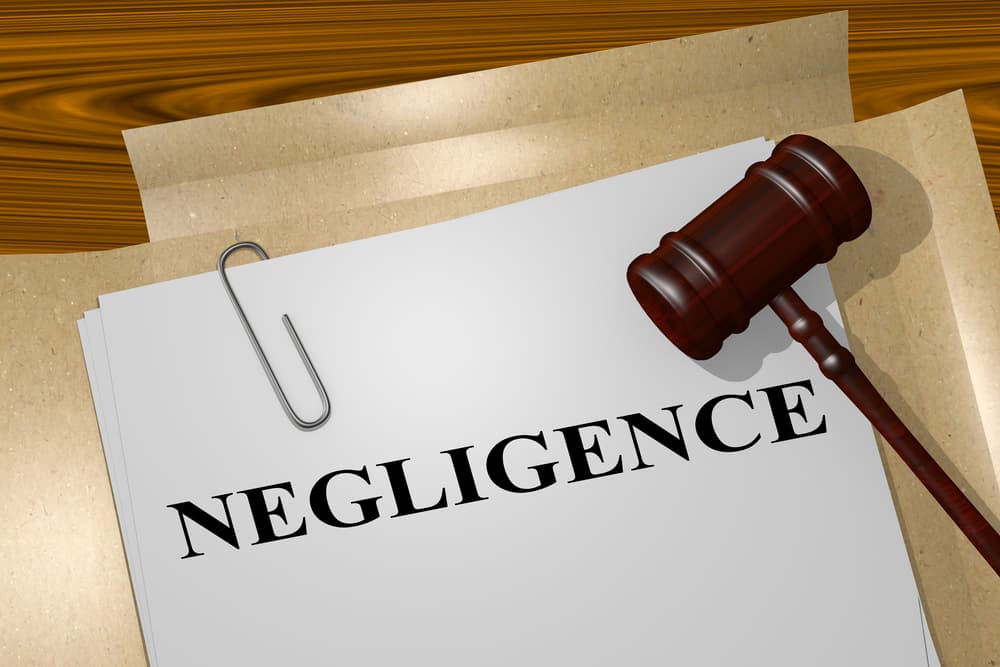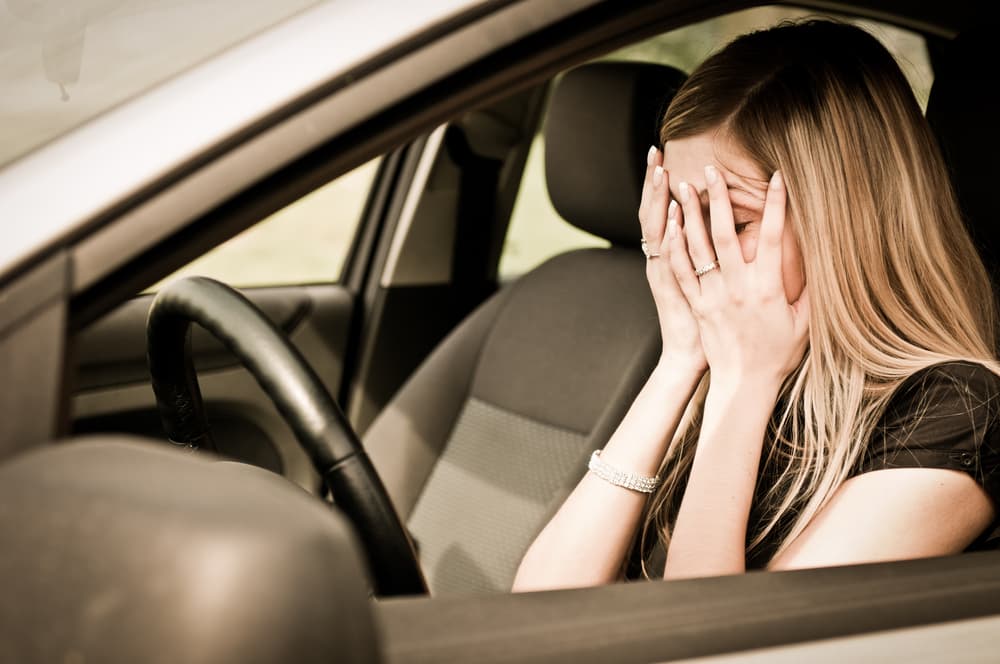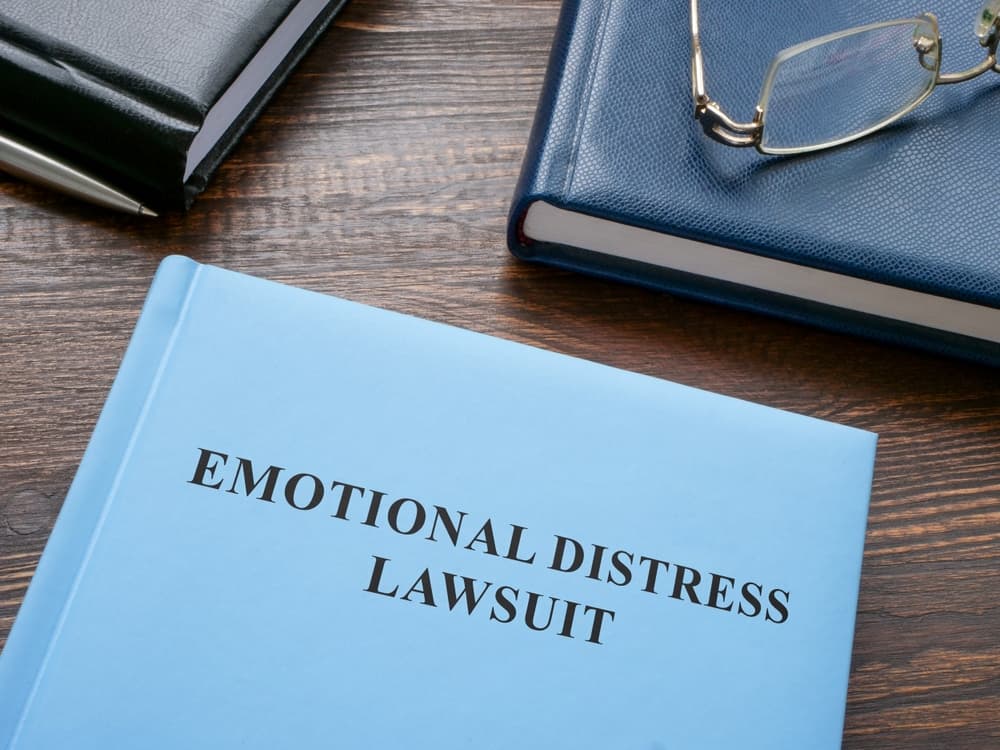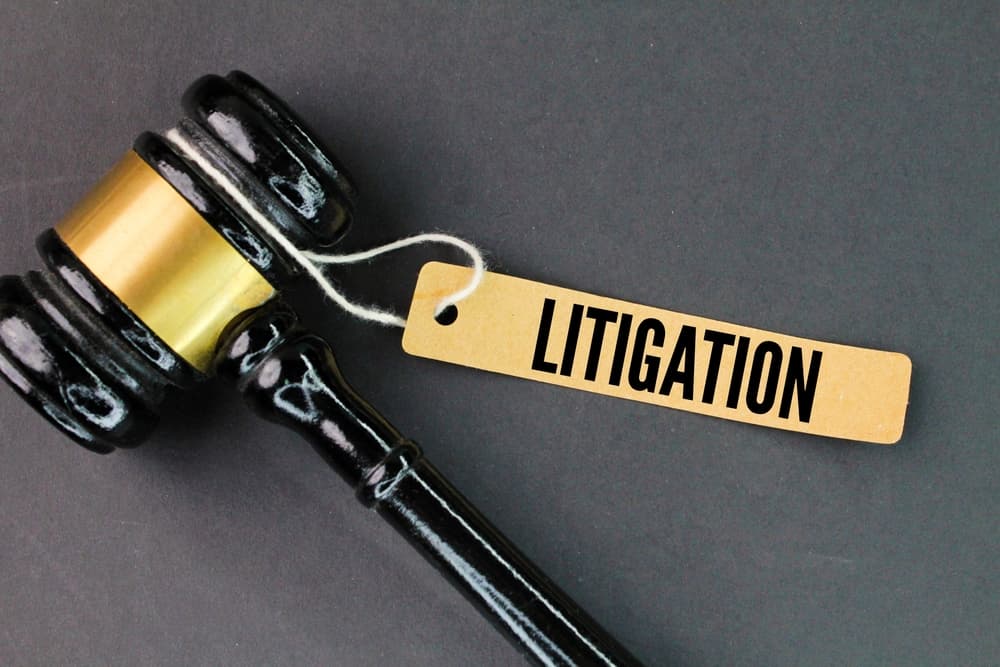Personal injuries can happen when others are careless, reckless, or negligent, this is especially true when other motorists violate traffic laws and property owners fail to maintain their premises in a reasonably safe condition. As part of a personal injury claim or lawsuit, accident victims may be eligible to pursue compensation for economic damages, including lost earnings and loss of earning capacity. In addition, they may receive compensation for their pain, suffering, and inconvenience, as well as their emotional distress and mental anguish.
An experienced personal injury lawyer can evaluate your case, take the appropriate legal steps on your behalf, and pursue the compensation you deserve, including compensation for emotional distress.
Types of Occurrences That Result from Others’ Negligence

Motor vehicle collisions and slip-and-fall accidents often occur because of someone else’s negligence. In both incidents, the at-fault party’s carelessness or failure to follow safety protocols can lead to serious consequences. When these accidents happen, they can result in significant physical harm and emotional distress for the victims.
Motor vehicle collisions are one of the most common types of accidents that happen on the road. These crashes can occur in many different ways, but they typically involve one driver failing to act responsibly. For example, a driver may be speeding, distracted with their phone, or fail to stop at a traffic signal, causing them to collide with another vehicle. In some cases, drivers may be under the influence of alcohol or drugs, further impairing their ability to drive safely. Such negligent behaviors increase the likelihood of accidents that can lead to serious damage to both vehicles and people involved.
Slip-and-fall accidents, on the other hand, usually happen on someone’s property, such as in a store, parking lot, or private home. These accidents occur when property owners or managers fail to keep their premises safe. For instance, a floor that is wet and left without a warning sign, uneven flooring, poor lighting, or cluttered walkways can all lead to slip-and-fall incidents. Property owners have a responsibility to ensure their spaces are free from hazards that can cause someone to trip, slip, or fall. Not meeting this responsibility can be considered negligence, and the injured party may have the right to seek compensation.
Both motor vehicle collisions and slip-and-fall accidents resulting from negligence can lead to not only physical injuries but also emotional distress. The stress of recovering from an accident, dealing with medical treatment, and potentially facing financial difficulties can take a toll on a person’s well-being.
Victims of these types of accidents may be entitled to pursue legal claims against those responsible for their injuries and the emotional challenges they face.
Types of Injuries and Emotional Distress That Result from Accidents

Motor vehicle collisions and slip-and-fall accidents can lead to a wide range of physical injuries and emotional distress, especially when they are due to someone else’s negligence. These accidents often have lasting repercussions for the victim’s life, affecting not just their physical health but also their mental and emotional well-being.
One of the most common types of physical injuries from motor vehicle collisions is whiplash, which occurs when the neck jerks suddenly and violently. This injury can lead to chronic pain, headaches, and stiffness, making everyday activities difficult. Broken bones are also common, especially in more severe crashes. Collisions at high speeds can cause fractures in the arms, legs, ribs, and even the skull. Internal injuries, such as damage to organs or internal bleeding, can also happen, frequently requiring immediate medical attention. Head injuries, including concussions and traumatic brain injuries, are especially concerning as they can have long-term effects on a person’s cognitive functions, memory, and ability to concentrate.
In slip-and-fall accidents, physical injuries often result from the sudden impact of hitting the ground or another object. Broken bones, particularly in the wrists, hips, and ankles, are frequent outcomes, especially for older adults who are more vulnerable to falls. Soft tissue injuries, such as sprains, strains, and tears, can occur as well, leading to ongoing pain and limited mobility. Spinal injuries are also a risk, particularly if the fall involves a significant impact. These injuries can lead to long-term or even permanent disability in some cases.
In addition to physical injuries, emotional distress is a common outcome of both types of accidents. Victims may experience anxiety, depression, or post-traumatic stress disorder (PTSD) as they recover from their injuries. In motor vehicle collisions, victims may develop a fear of driving or riding in cars, avoiding situations that remind them of the accident. Similarly, individuals involved in slip-and-fall accidents may develop anxiety about walking in certain places, fearing another fall.
The emotional toll of an accident can be just as serious as the physical injuries. It can affect a person’s ability to work, enjoy life, or maintain relationships. In many cases, both the physical injuries and the emotional distress from these accidents require long-term treatment and recovery.
Types of Recoverable Damages in a Personal Injury Case
If you have been involved in a motor vehicle collision or slip-and-fall accident due to someone else’s negligence, you may be entitled to recover compensation for the physical injuries and emotional distress you have suffered. This compensation aims to help victims cope with the lasting effects of an accident, whether physical, mental, or emotional.
- One significant damage you can pursue compensation for is pain and suffering. This is awarded for the physical discomfort, pain, and ongoing suffering due to injuries from the accident. Pain and suffering damages take into account the severity and duration of the pain you experience on a daily basis, whether temporary or chronic. These damages recognize that pain can limit your ability to enjoy life and engage in everyday activities.
- Another damage you may be eligible to receive compensation for is emotional distress. Emotional distress compensation is intended to account for the psychological repercussions of the accident for your mental health. Anxiety, depression, and PTSD are some common forms of emotional suffering that may result from an accident. If you have trouble sleeping, have panic attacks, or experience flashbacks due to the trauma of the incident, you may be entitled to damages for emotional distress.
- Victims of accidents may also be compensated for loss of life enjoyment. This compensation recognizes that your injuries may prevent you from participating in activities you once enjoyed, such as sports, hobbies, or spending time with family. If your injuries limit your ability to live your life fully, you may be entitled to damages to reflect the diminished quality of life you now experience.
- Finally, you may be eligible for compensation for loss of consortium. This compensation is awarded when your injuries negatively affect your relationships with your spouse or family members. If your injuries limit your ability to provide emotional support, companionship, or affection to your loved ones, loss of consortium damages may be included in your claim.
Successfully Proving an Emotional Distress Claim

Proving an emotional distress claim resulting from a motor vehicle crash or slip-and-fall accident involves meeting specific legal requirements. To be successful, the person making the claim (i.e., the plaintiff) must demonstrate that the emotional distress was directly caused as a result of the accident and that it was significant enough to warrant compensation. There are several legal elements that must be proven to establish such a claim.
- The first element is negligence. To recover damages for emotional distress, the plaintiff must show that the person or party responsible for the accident (i.e., the defendant) acted negligently, meaning that the defendant failed to exercise reasonable care. For example, in a motor vehicle crash, a defendant may have been speeding, driving while distracted, or violating traffic laws, which led to the accident. In a slip-and-fall case, the defendant may have neglected to maintain safe conditions on their property, such as leaving a wet floor without a warning sign. The plaintiff must prove that this negligent behavior caused the accident.
- The second element is causation. The plaintiff must show that the emotional distress directly resulted from the defendant’s negligence, which means proving that the emotional harm would not have occurred if the accident had not happened. For example, if a person develops severe anxiety or PTSD following a motor vehicle crash, they need to demonstrate that this emotional condition arose because of the trauma of the accident, not due to any unrelated factors. In slip-and-fall cases, the emotional distress must be linked to the accident, such as developing a fear of walking in certain places after the fall.
- The third element is severity. Not all emotional distress claims are considered valid; the distress must be severe enough to interfere with the person’s daily life. For example, temporary anxiety may not be sufficient for an emotional distress claim. Instead, the plaintiff must show that the emotional harm was significant and had a lasting effect, which may include experiencing panic attacks, depression, or an inability to engage in normal activities due to emotional trauma.
- The fourth element is evidence. To strengthen an emotional distress claim, the plaintiff can provide evidence such as personal testimony, witness statements, or documentation from therapists, counselors, or other mental health professionals who have observed the emotional effects of the accident.
Litigation Options for an Emotional Distress Claim

If you are pursuing an emotional distress claim arising from a motor vehicle accident or slip-and-fall, there are several litigation options available to resolve your case. These options include settlement, trial, and alternative dispute resolution methods, such as mediation and arbitration. Each approach has its benefits and challenges, depending on the circumstances of the claim.
One common option is to seek a settlement. Settling a case means reaching an agreement with the defendant or their insurance company before the case goes to trial. Settlements allow both parties to avoid the time and costs associated with a court case. Many emotional distress claims resolve through settlement, as it is often a quicker way for victims to receive compensation. In a settlement, the plaintiff may negotiate with the defendant’s legal team to agree on a fair amount of compensation. If both parties reach a mutually acceptable agreement, the case is closed, and the plaintiff cannot pursue further legal action for the same claim.
Another option is to take the case to trial. If the parties cannot reach a settlement, the emotional distress claim may go to court, where a judge or jury will hear the evidence and make a decision. At trial, both sides present their arguments, and the plaintiff must prove that the defendant’s negligence caused their emotional distress. Trials can be time-consuming and costly, but they may result in higher compensation if the plaintiff’s case is strong. However, there is also a risk as the court can rule in favor of the defendant.
A third option is alternative dispute resolution (ADR), which includes mediation and arbitration. Mediation is a process where both parties meet with a neutral mediator to discuss the case and attempt to reach a compromise. The mediator helps facilitate the conversation but does not make any binding decisions. Arbitration, on the other hand, involves a neutral arbitrator who listens to both sides and makes a binding decision on the case. Arbitration is more formal than mediation but typically less formal than a trial.
Each of these litigation options – settlement, trial, and ADR – has its own advantages. The best option depends on the specific details of the case, including how much compensation the injured party is seeking and the willingness of both parties to negotiate or take the case to court.
Speak with a Knowledgeable Personal Injury Lawyer Today
If you recently sustained injuries in a motor vehicle collision or slip-and-fall accident, you may be entitled to compensation for lost income, pain and suffering, and emotional distress. A skilled personal injury lawyer can file the appropriate claim or lawsuit on your behalf and pursue the compensation you deserve for your emotional distress and other accident-related losses. Don’t hesitate to contact a personal injury lawyer near you today.
